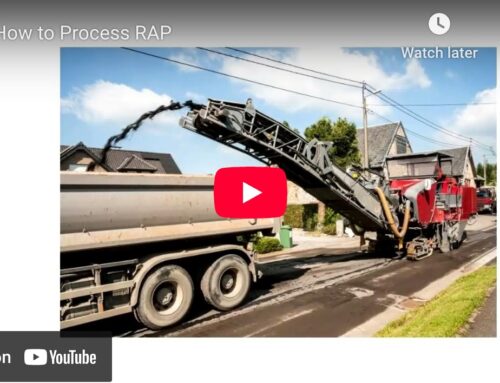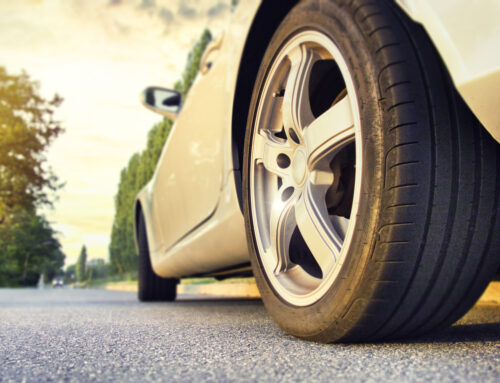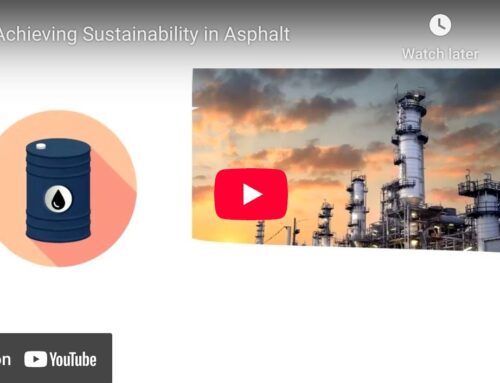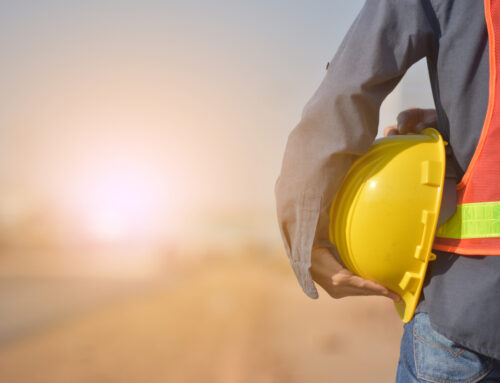Transcript:
The UN did a study and proclaimed that as populations grow, one of the key indicators of GDP growth is growth in roadway network structure. Because of all this road widening, new road building, and repairing of all roads, we are generating a lot of waste called Reclaimed Asphalt Pavement or RAP. Over 750 million tons of RAP were reported to be created in 2020. Only about 20% of that was being reused in pavements and that was as a low-value add filler in the mix. The rest 80% is shipped off to landfills. This is a key area that we need to focus on if we are to drive towards sustainability targets as an industry. By reusing the RAP, we will be able to reduce the amount of material resources we require from the environment. We will reduce the amount of material that we are mining or drilling for in the case of oil. We need to learn to better use RAP materials for the constituents that compose roadways. In other words, aggregate and vitamins can be recycled in the creation of new roadways, thereby reducing the strains that we put on the resources of the earth by using asphalt rejuvenators to empower the use of recycled asphalt pavement.




